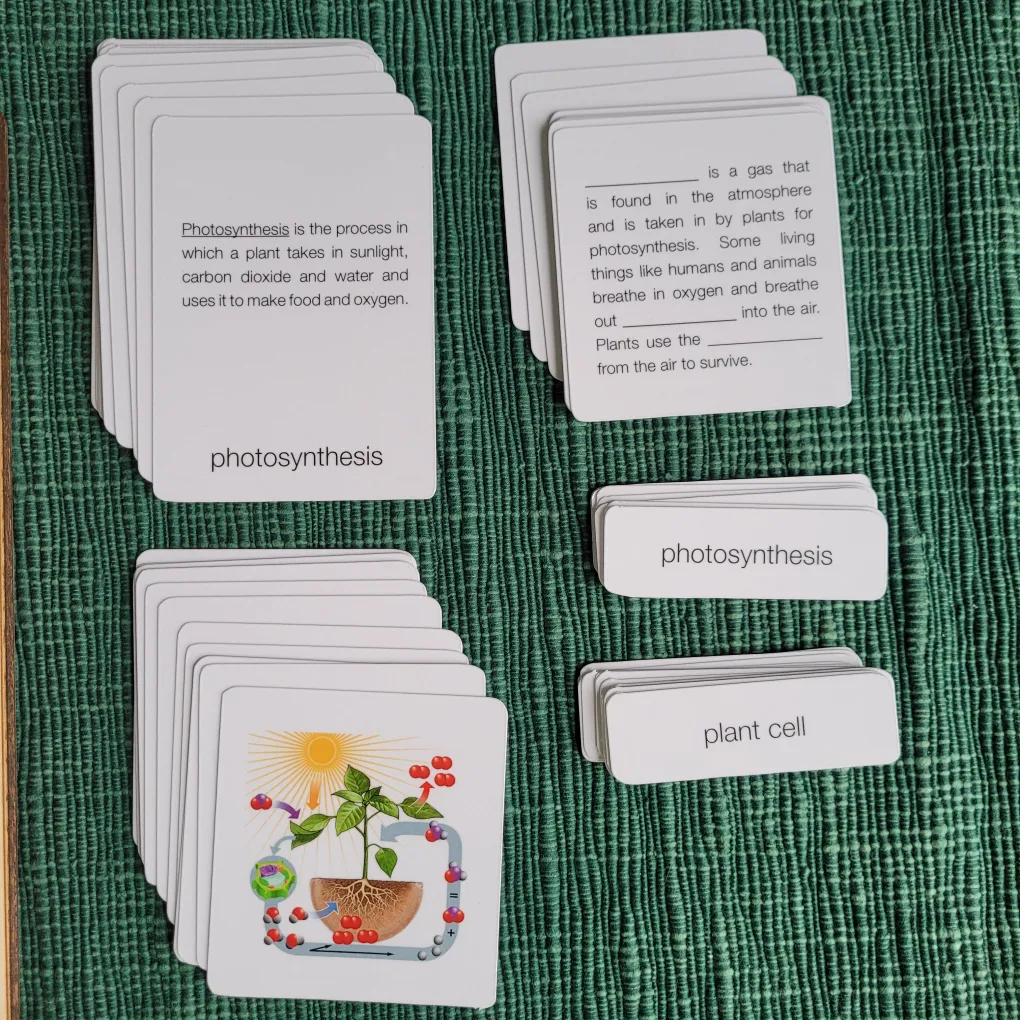Photosynthesis, the process by which plants convert light energy into chemical energy, is one of the most fundamental concepts in biology. Yet, teaching this topic can sometimes be a challenge, particularly when trying to engage students and encourage critical thinking. This is where SEPUP Photosynthesis Cards, an innovative educational resource from the Science Education for Public Understanding Program (SEPUP), come into play. These cards transform abstract scientific concepts into tangible, interactive learning experiences that foster student participation and comprehension.
In this article, we’ll explore the design, benefits, and applications of SEPUP Photosynthesis Cards and why they are becoming an essential tool in science education.
What Are SEPUP Photosynthesis Cards?
SEPUP Photosynthesis Cards are a set of instructional materials specifically designed to enhance understanding of photosynthesis and its role in ecosystems. These cards typically consist of diagrams, definitions, questions, and prompts related to various aspects of photosynthesis, including:
- The structure and function of chloroplasts.
- The roles of sunlight, water, and carbon dioxide.
- The production of glucose and oxygen.
- The interdependence between plants, animals, and the environment.
The cards are often paired with lesson plans, hands-on activities, and group discussions to encourage active participation and collaborative learning.
Key Features of SEPUP Photosynthesis Cards
1. Visual Appeal and Clarity
Each card is carefully designed with colorful visuals, diagrams, and clear text to break down complex concepts. For instance, students may encounter a card featuring a labeled diagram of a chloroplast, illustrating how light energy is harnessed during the light-dependent reactions.
2. Modular Design
The cards are modular, allowing teachers to tailor their use to different age groups and levels of scientific understanding. A middle school class may focus on basic concepts, while high school students delve deeper into biochemical pathways like the Calvin Cycle.
3. Interactivity
Many SEPUP cards include prompts for hands-on activities or thought-provoking questions. For example, a card may challenge students to model the photosynthesis process using craft materials or to discuss the implications of deforestation on oxygen production.
4. Aligned with Educational Standards
The cards are developed to align with Next Generation Science Standards (NGSS), ensuring they meet the rigorous requirements for science literacy and critical thinking.
How SEPUP Photosynthesis Cards Enhance Learning
1. Promoting Active Engagement
Rather than passively listening to lectures, students interact directly with the cards. This tactile and visual approach aids in memory retention and helps students build a deeper understanding of photosynthesis.
2. Facilitating Group Work
The cards are ideal for collaborative learning. Teachers can divide students into small groups and assign specific cards to each team. One group might analyze the inputs of photosynthesis, while another examines the outputs, culminating in a class-wide discussion to synthesize the information.
3. Building Critical Thinking Skills
Each card often includes questions designed to encourage higher-order thinking. For instance:
- “What would happen to a plant’s photosynthesis process if it received less sunlight?”
- “How does photosynthesis contribute to the global carbon cycle?”
Such questions not only test students’ knowledge but also challenge them to apply it to real-world scenarios.
4. Supporting Diverse Learning Styles
Visual learners benefit from diagrams, auditory learners from group discussions, and kinesthetic learners from hands-on activities. The versatility of SEPUP Photosynthesis Cards ensures all students are engaged, regardless of their preferred learning style.
Applications in the Classroom
1. Introduction to Photosynthesis
Teachers can use the cards to introduce the basics of photosynthesis in an engaging way. A card depicting the overall equation of photosynthesis can serve as a starting point for discussions and experiments.
2. Review Sessions
The cards are perfect for reinforcing key concepts during review sessions. Students can quiz each other using the cards, turning study time into an interactive game.
3. Inquiry-Based Projects
For advanced students, the cards can inspire research projects. For example, students might investigate how different light wavelengths affect photosynthesis rates and present their findings to the class.
4. Cross-Curricular Connections
Photosynthesis is not only a biological process but also intersects with topics in chemistry (chemical reactions), physics (light energy), and environmental science (ecosystem dynamics). SEPUP cards make these connections clear, offering opportunities for interdisciplinary learning.
Success Stories: SEPUP Cards in Action
Case Study 1: Middle School Engagement
At a middle school in California, a teacher used SEPUP Photosynthesis Cards to teach a class of seventh graders about energy transfer in ecosystems. By using the cards in small groups, students were able to grasp how sunlight powers life on Earth. Many students reported that the visual aids and interactive questions helped them retain the information more effectively than traditional lectures.
Case Study 2: High School Project-Based Learning
In a high school biology course in New York, the teacher incorporated SEPUP cards into a month-long project on climate change. Students used the cards to explore the role of plants in sequestering carbon dioxide and developed presentations on how deforestation affects photosynthesis and global warming. The project culminated in a debate, fostering both critical thinking and public speaking skills.
Advantages Over Traditional Methods
1. Breaks Down Abstract Concepts
Photosynthesis involves complex biochemical processes that can be daunting for students. SEPUP cards simplify these concepts through clear visuals and step-by-step explanations.
2. Encourages Inquiry-Based Learning
Rather than presenting information as a series of facts, the cards invite students to explore, ask questions, and discover answers collaboratively.
3. Adaptability
Whether a teacher is conducting a short lesson or an in-depth unit, the cards can be adapted to fit various teaching styles and objectives.
4. Inclusivity
SEPUP Photosynthesis Cards cater to diverse learners, making science education accessible and enjoyable for all students.
Challenges and Solutions
While SEPUP Photosynthesis Cards are highly effective, teachers may face challenges such as limited access to resources or varying student readiness levels. However, these obstacles can be addressed through professional development programs that train educators in maximizing the cards’ potential and by integrating digital versions of the cards for schools with limited physical resources.
Conclusion: Revolutionizing Science Education
SEPUP Photosynthesis Cards exemplify the power of interactive learning tools in transforming science education. By making the intricate process of photosynthesis engaging, accessible, and relevant, these cards equip students with the knowledge and skills they need to excel in biology and beyond.
In a world increasingly reliant on scientific literacy to address global challenges like climate change and food security, tools like SEPUP Photosynthesis Cards play a crucial role in preparing the next generation of thinkers and problem-solvers.
For educators seeking to inspire curiosity and foster a deeper understanding of life’s essential processes, SEPUP Photosynthesis Cards are an invaluable addition to the classroom. With their versatility, clarity, and focus on active learning, they truly bring science to life.




